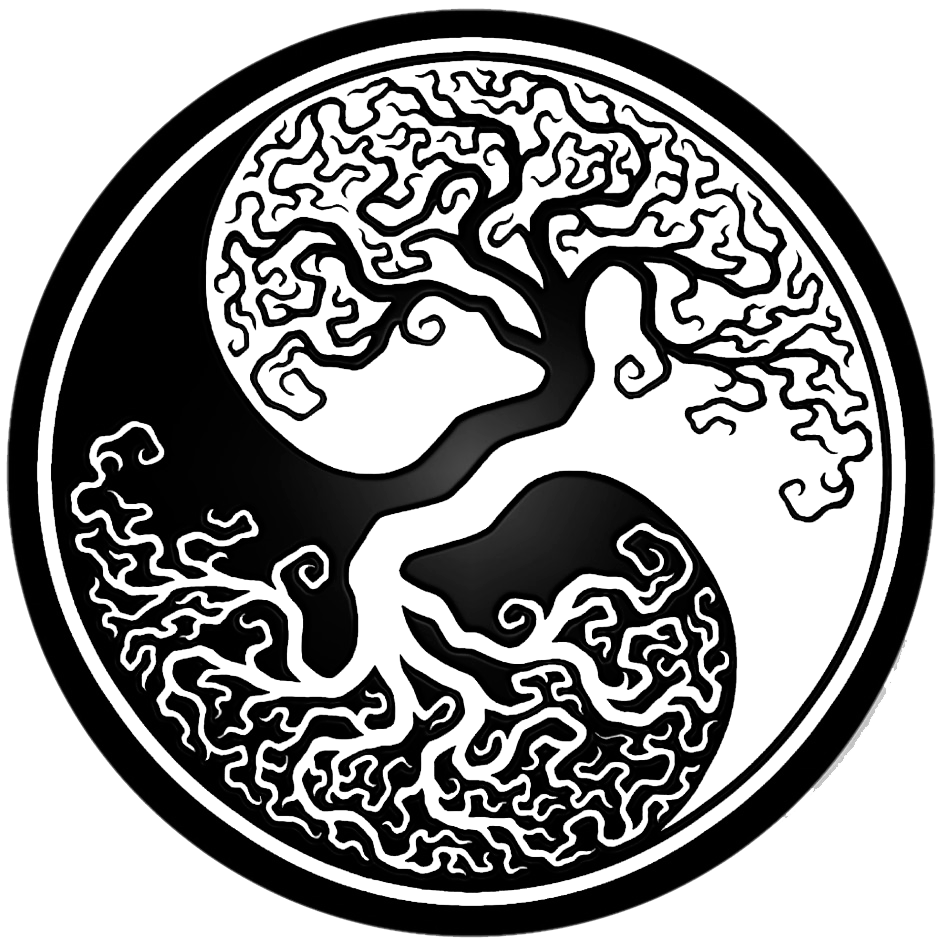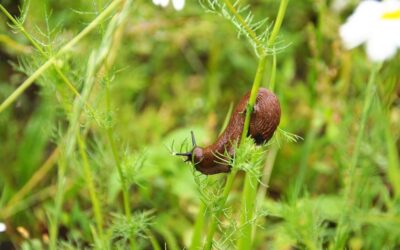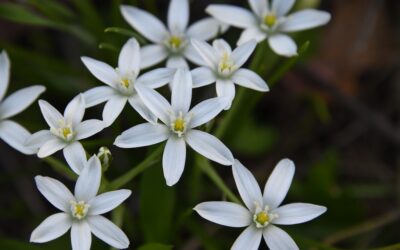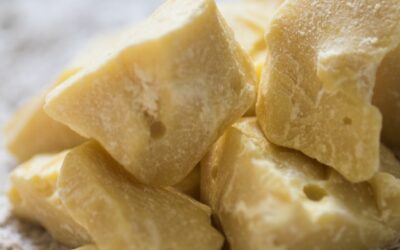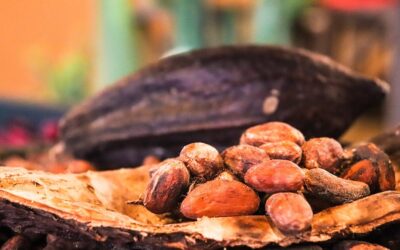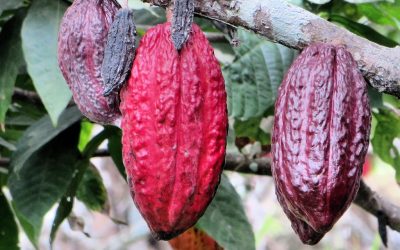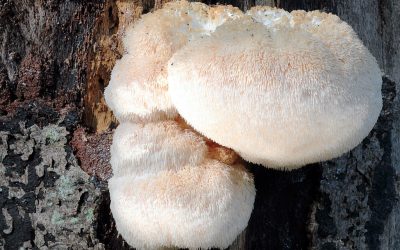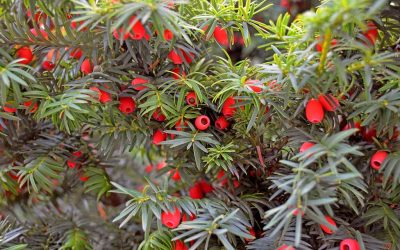Nature Notes:

Summer Solstice
Happy Summer Solstice!
At Summer Solstice, the Sun reaches the zenith of its annual journey. We celebrate the longest day and shortest night. It is a magical time: nature is vibrant and the veil between the worlds is thin: sprites and spirits easily cross between them, and we may even catch a glimpse of the little folk.
The young Sun-God Belenos and the Earth Goddess, known by many names, are at the peak of their ecstatic embrace, and all nature takes part in their rapturous exuberance.
At the Summer Solstice, we honour the Gods and celebrate the life force in its generous abundance. Corresponding to the Winter Solstice and the 12 days of Christmas, the Summer Solstice is also celebrated for 12 days. This is a twilight zone, where magic happens. At this time of the year, the gods walk among us and hear our prayers. We ask for protection, health, and sustenance, and pray that they protect our crops from summer storms and fires. We bless the grain and the crops, the barn and the animals.
At the Summer Solstice, the herbs are at their most potent. It is time to gather our annual supplies of St. John’s Wort, Mugwort, Verbena, Chamomile, Mullein, Grund-Ivy (Glechoma hederacea), and more.
Spiritually, the summer solstice marks a threshold. It is a time to seek guidance and answers by divination or to retreat on a vision quest to hold counsel with the gods. At this halfway point in the annual cycle of the year, we reflect on the first 6 months. Have the seeds we planted in the spring sprouted? Are they blossoming and promising to bear fruit? Did we follow our visions and achieve the goals we set at the beginning of the year? Are we on track, or did we wander off into the tall grass along the way?
Are those goals still relevant? Take a moment to reflect, re-align and connect with your inner vision and guiding voice of the higher self. If you have veered off the path, this is an opportunity to adjust course, so you can sail successfully through the second half of the year.
If you are unsure of your direction, this is a perfect time to seek divine guidance by vision quest, pilgrimage, or retreat – whichever way allows you to commune with the gods and silence the noise enough so you can hear the whispers of intuition.
Above all, Midsummer is a time to gather and celebrate, to revel around bonfires, dancing, feasting, and merry-making. The twelve days of the Summer Solstice offer a break from usual activities and encourage us to soak up that pure life force in all its glory.
And yet, this year my heart is heavy, even as I celebrate the eternal powers of the life-force and its abundance. As I write these words, nature is in great peril and distress. Temperatures have risen to levels we normally see in August, and drought wilts the verdant mantle of the earth. War is raging, and worse is looming. Sorrow clouds my joy. I retreat into silence to seek solace and guidance, and to pray for peace.
Happy Summer Solstice, everyone – may peace return to all!
Current issue
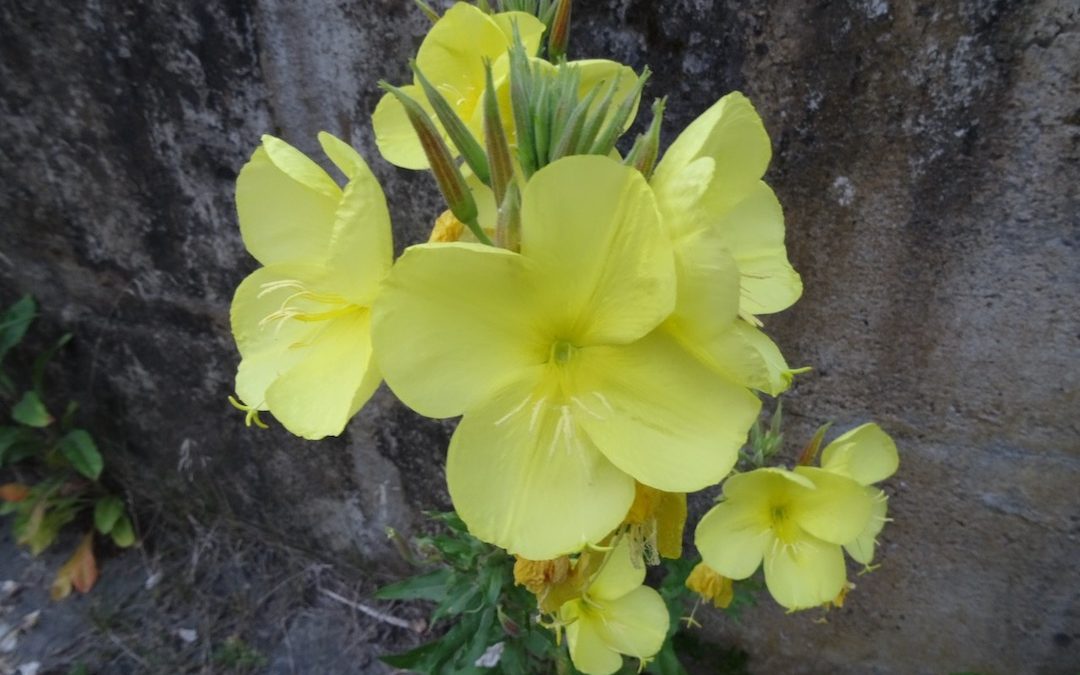
Foraging: Evening Primrose (Oenothera biennis)
Foraging Evening Primrose (Oenothera biennis)
Autumn is my favourite foraging time. The seeds are ripening, the nuts are swelling, and mushrooms are making their elusive appearances. Even when things have seemingly died off, one can dig for roots and rhizomes below ground.
Evening Primrose is a great autumn crop for foragers. The tall, lanky stalk with the large, somewhat ghostly, pale yellow flowers is a familiar sight. Yet its true beauty is revealed at night when the flowers open fully and their subtle scent perfumes the air.
Habitat
Evening Primroses are not particularly fussy. They are happy with poor, sandy soil as long as it gets enough sun. Waste grounds, railway track embankments, neglected corners of the yard all provide a happy habitat for them.
Edible parts:
All parts of the Evening Primrose are edible.
Leaves:
Evening primrose is biennial, forming a rosette in the first year and the stalk and flowers in the second year. The leaves of both the first and the second year’s growth can be cooked or used fresh – but they are a bit hairy, and may not be to everyone’s liking. Try a small amount first to see if you like the flavour, or mix them with other herbs.
Flowers:
Evening Primrose has a long flowering season, from June to September. The early flowers only open in the evenings, exuding a beautiful, sweet scent. Later, they open during the day as well. The flowers are mildly sweet-tasting and can be used to decorate salads. Or try the buds before they open in stir-fries and such.
Seeds:
The seed pods ripen in the autumn. The elongated capsules contain quite a lot of tiny seeds. But if you think you might be able to press your own Evening Primrose Oil, I’ll have to disappoint you. The seeds are minuscule. It would require a ton of them to make the endeavour worthwhile. And, what’s more, the pressure needed to press the seeds is so great that it would produce a lot of heat, which would destroy the beneficial properties of the oil. Try using them like poppy seeds instead. But don’t expect to get a lot of nutritional value from them. The amounts typically used in cooking and baking are too small for that. Grind the seeds before adding them to your recipes to release the oil. Left whole, they would simply pass straight through the digestive system without leaving a trace of their nutritional benefits.
Read more about the medicinal properties of Evening Primrose Oil
Roots:
The roots are perhaps most interesting for the forager. But remember that only the first years’ root is used, which is easily identifiable by its distinctive rosette, before the stalk begins to push up. The flowering shoot does not form until the spring of the second year. By this time, it would be too late to dig for the root. But, look around the ground near a stand of second-year plants, and you will soon spot some yearlings. It can be hard work to dig up the long reddish taproot unless the soil is very light. But they make an unusual root vegetable for bakes and stews with a slightly peppery taste, reminiscent of black salsify.
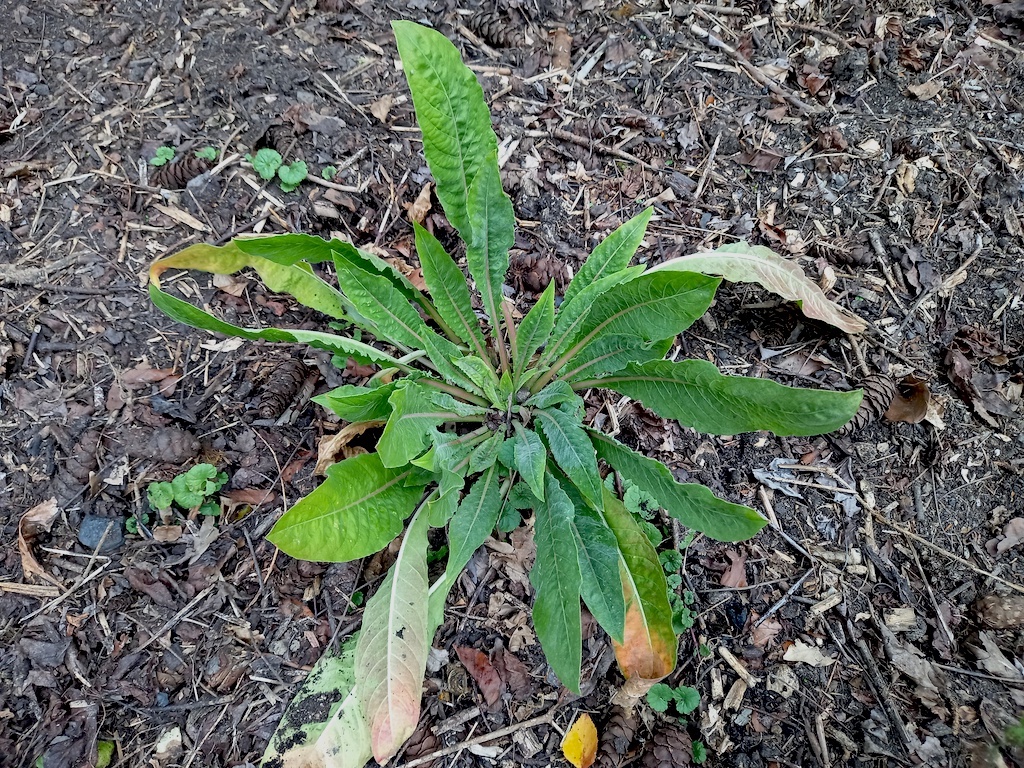
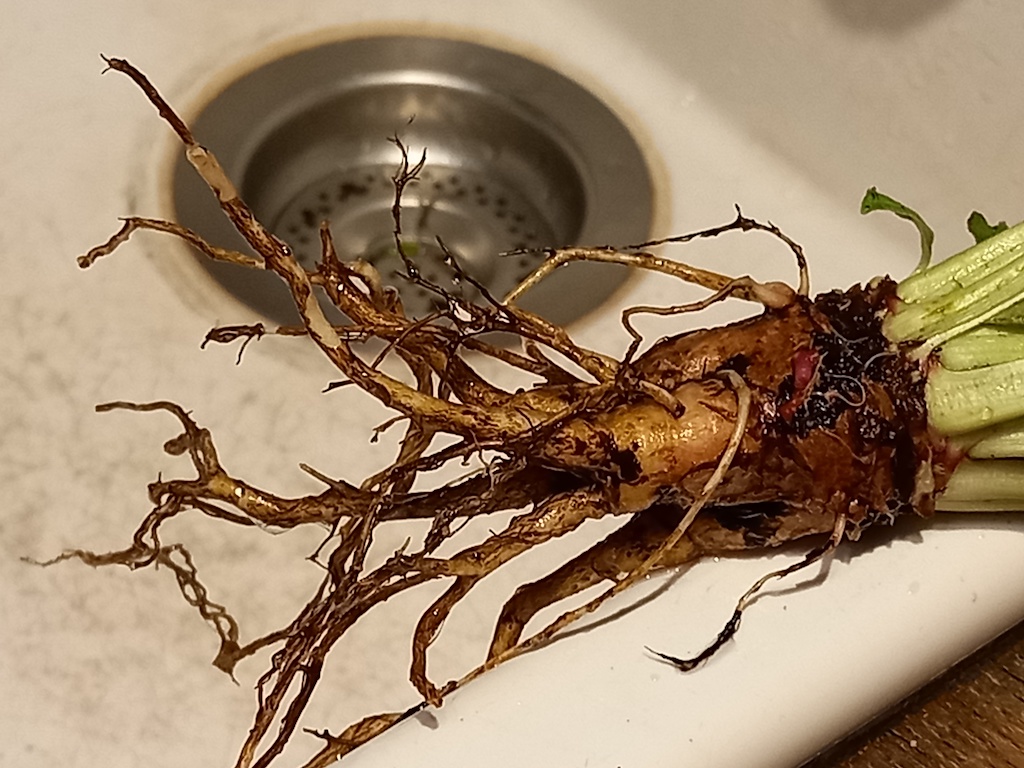
Recipes
Roasted Winter Vegetables
- Carrots
- Potatoes
- Parsnips
- Evening Primrose Roots
- Large onion
- Garlic
Clean and peel/scrub vegetables well. Cut into 2″ chunks. Coat with olive oil and salt. Keep them separate and sprinkle with spices (e.g. sprinkle the parsnips with curry, the carrots with coriander seed powder and the potatoes and evening primrose roots with Chinese 5 spice mix).
Quarter the onion. Separate the garlic into cloves, no need to peel. Preheat the oven to about 425 °F
Place all ingredients on a baking tray and bake for about 30 – 50 minutes on a high shelf. (cooking time depends on the size of the vegetable chunks – check regularly)
You can add a few sprigs of fresh sage and rosemary towards the end for additional flavour. (Putting them in at the beginning would burn them)
Evening Primrose Fritters
Not suitable for ‘fat-free’ fans, but delicious nonetheless.
Prepare a standard batter:
- 2 eggs
- ½ cup milk
- 1 cup flour
- 1 TSP baking powder
- 1 TSP salt
- 1 TSP oil
Cut the Evening Primrose root into long pieces, not too thick, and dip each piece into the batter.
Fry in very hot oil until golden brown.
A deep-fryer works best, but if you don’t have one, pan-frying will do.
Evening Primrose Patties
Cook the Evening Primrose roots until tender (you might want to blend with other root vegetables).
Mash with butter, stir in one egg and a little flour and/or oats to make a sticky dough.
Season to taste. Form little patties and pan-fry on each side until golden brown.
Shop for Evening Primrose oil at Starwest Botanicals. (Affiliate link)
Plant Profile:
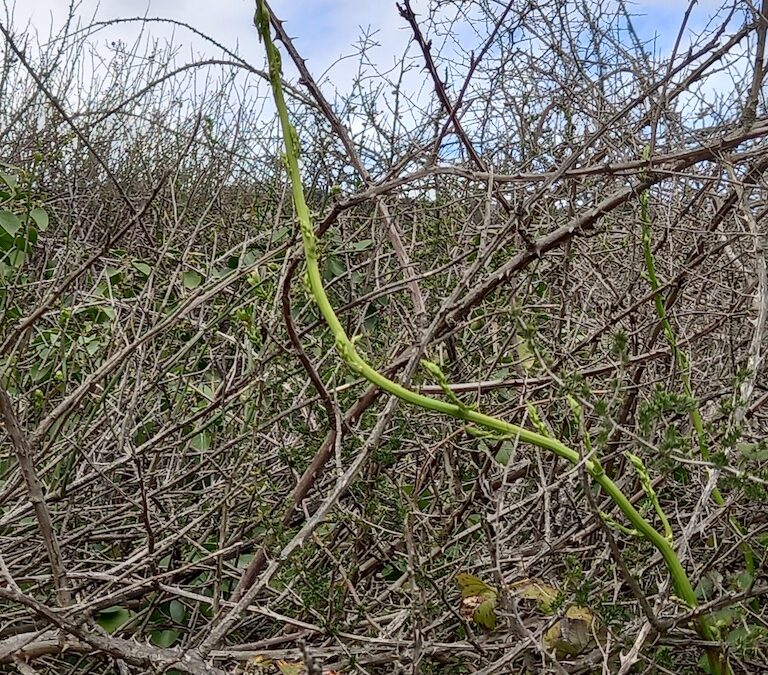
Foraging Wild Asparagus
Foraging Wild Asparagus – A Forager’s Treasure Hunt
Spring is underway, bringing with it its characteristic mixed-bag weather patterns. In some regions, winter stubbornly clings; in others, it’s long forgotten. Where I am, it has not quite sprung, but regardless, there are signs of its imminent arrival. Wild asparagus is sending up its tender shoots, and they are ready for the picking.
While cultivated asparagus typically debuts in May, the wild variety emerges earlier, rewarding keen-eyed foragers with its tender, flavourful spears. Unlike other foraging activities, hunting for wild asparagus is an experience akin to mushroom picking. It requires patience, a trained eye, and a knack for spotting the elusive spears hidden among the prickly thickets of its parent plant and dense undergrowth. Many aspiring foragers walk right past them, oblivious to their presence, until the shoots bolt and become too woody to enjoy as food. But once you develop a sense of the season and get to know their elusive hiding spots, foraging for wild asparagus becomes a thrilling treasure hunt that can lead you to unexpected places.
Where to Find Wild Asparagus
Wild asparagus thrives in a variety of habitats, depending on the species. It favours well-drained soil and typically grows in ditches, riverbanks, and alluvial plains where moisture is abundant but not stagnant. Most species prefer full sun, but some can tolerate semi-shaded areas and heavier soils.
Although its appearance is distinctive, wild asparagus can be tricky to spot. Foraging legend Euell Gibbons, in his classic book Stalking the Wild Asparagus, offers a useful tip: look for last season’s dead asparagus brush, which often serves as a clue to the presence of fresh spears. This method works well for the tall, upright-growing variety, which is often an “escaped” garden asparagus. But, true wild asparagus, Asparagus acutifolius, a native of the Mediterranean Basin, presents a greater challenge. It has a scrambling growth habit, weaving through undergrowth or along the ground. It takes a trained eye to spot the sneaky, snaky spears as they pop through the thicket of older plants.
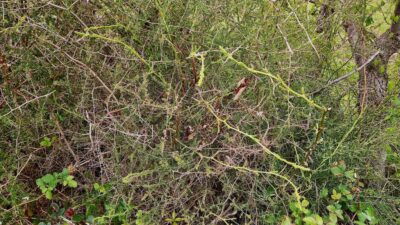
The History of Wild Asparagus
Wild asparagus is most commonly found in southern Europe, particularly in Spain, Italy, and France. Escaped cultivated asparagus is also found in northern regions, particularly near historical centres of their cultivation. Birds play a key role in dispersing their seeds, aiding their spread far beyond their original habitat.
Asparagus has an ancient history, with records indicating its use in Egypt, Greece, and Rome. The Romans likely introduced it to Northern Europe, where it became a sought-after delicacy thought fit for kings but not peasants. Old herbals praise asparagus not only as a culinary delight, but also as a medicinal plant, valued for its diuretic and cleansing properties.
Nutritional and Medicinal Benefits
Though wild asparagus is no longer widely used medicinally, its health benefits are worth mentioning. Asparagus, wild or cultivated, is a potent diuretic. It stimulates the kidney and liver function while helping to eliminate toxins. Just what the doctor calls for as a spring tonic. It is also rich in vitamins, antioxidants, and fibre, but if too much is consumed, it can rob the body of calcium. (Not a worry for wild asparagus – it is unlikely we will ever find enough of it to cause any such deficits in the body.)
Traditionally, asparagus has been associated with aphrodisiac qualities—a claim that may be linked as much to its suggestive appearance as to any actual physiological effects. But the only way to know for sure is to put it to the test!
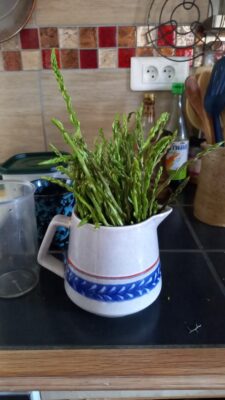 How to Prepare Wild Asparagus
How to Prepare Wild Asparagus
Wild asparagus, particularly the escaped variety, is more slender, tender, and subtly flavoured than its cultivated counterpart. Because of its delicate nature, it requires minimal cooking. Simply trim off the woody ends and lightly sauté the spears or throw them into the pot for the last couple of minutes. They make a delicious addition to omelettes, pasta dishes, and risotto. For a simple, yet divine ‘bonne bouche’, try drizzling them with lemon juice and garlic butter.
Final Thoughts
Foraging for wild asparagus is more than just a way to enjoy a seasonal delicacy—it’s an adventure that deepens your connection with nature. Whether you’re an experienced forager or a curious beginner, the thrill of discovering these hidden treasures makes every spring outing an experience to remember. So, the next time you find yourself wandering through the countryside, keep an eye out for the elusive spears—you might just stumble upon one of nature’s greatest spring delights.
More articles:
Slugs
Slugs may not be pretty or cute, but they do play their part in nature, and they are a lot more interesting than I ever thought!
Star of Bethlehem
The Star of Bethlehem is a small bulbous flower of the Lily family with many unusual features and interesting properties.
Foraging Daisy (Bellis perennis)
Daisies are among the most common spring herbs, but did you know they are edible? This article is about foraging Daisies, and how to use them
Gardening Jobs in April
The main gardening jobs in April are going to be planting, sowing, and weeding. Hopefully, all your plots are ready to go.
Cacao can do more – New Uses for an Old Crop
This article is about unknown uses of Theobroma cacao. This remarkable tree can offer even more than chocolate – as if that wasn’t enough.
12 amazing superfood properties of Cacao
This article is about the amazing nutritional superfood benefits of Cacao and high Cacao content chocolate.
History of the Cocoa Tree- Theobroma cacao
This article is a short introduction to one of my favourite plants: Cocoa – Theobroma cacao, the food of the gods.
Ever heard of Lion’s Mane Mushrooms?
I never heard of Lion’s Mane mushroom until I found one in the woods. I am so glad it came into my life – and changed it for good!
How to Plan a Garden – the basics
Growing a garden starts with knowing your environment and creating a map that fits the territory. There are a few basic perimeters.
Frankincense (Boswellia sp.)
Frankincense is well-known as that stuff that is burnt in church. But what exactly is it, and where does it come from?
Gardening Jobs in December
What gardening jobs could there possibly be in December? More than you think! Harvesting, pruning, even sowing! And of course, planning!
Tree Profile: Yew (taxus baccata)
Few western European trees are as enigmatic as the Yew. Dark, brooding and sometimes eery, each Yew tree very much has its own personality.
